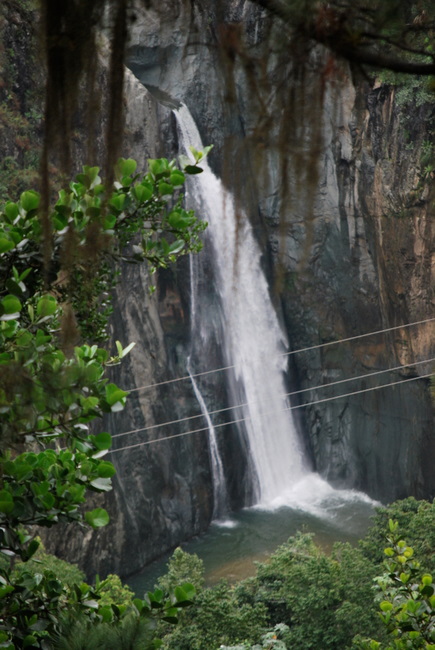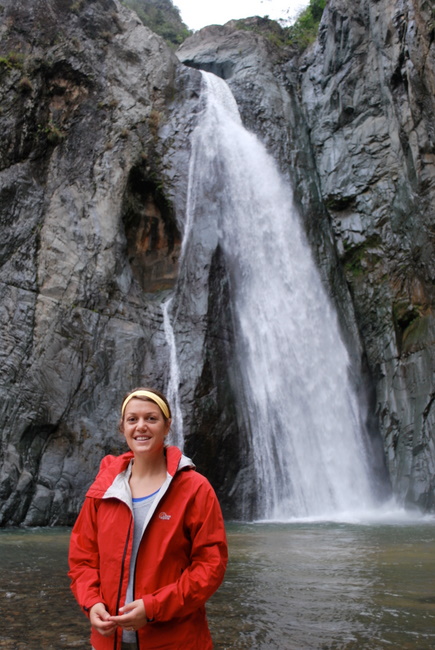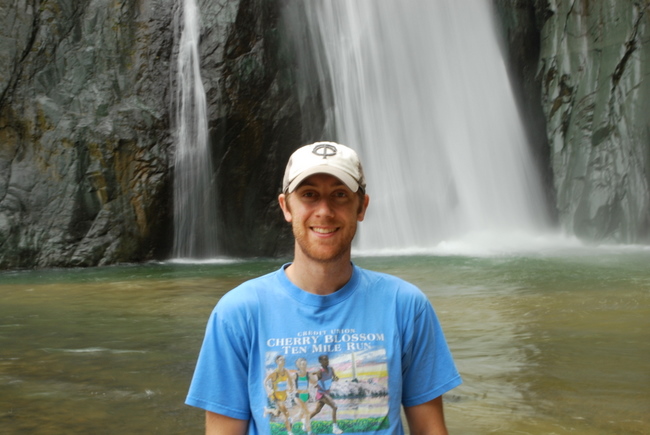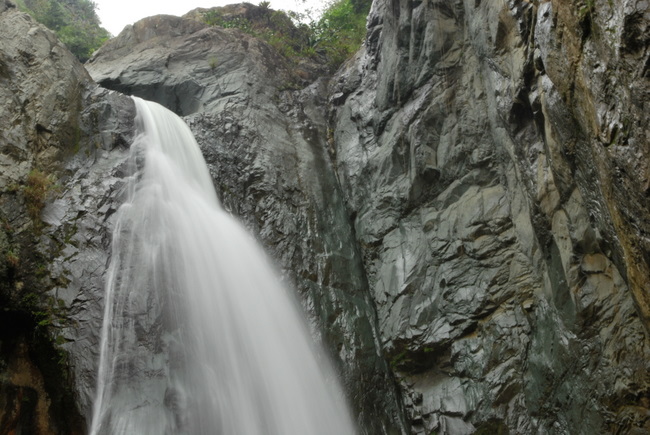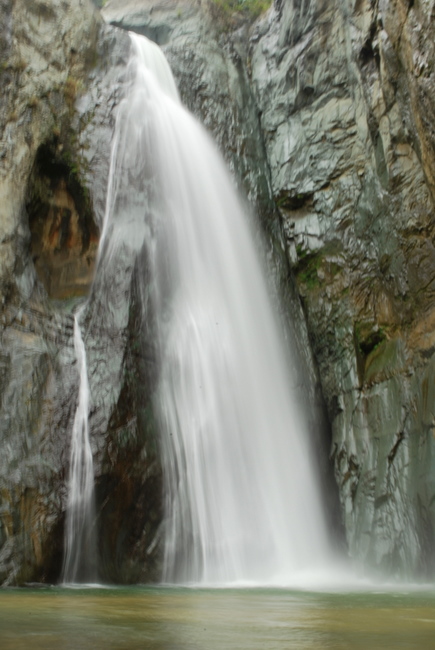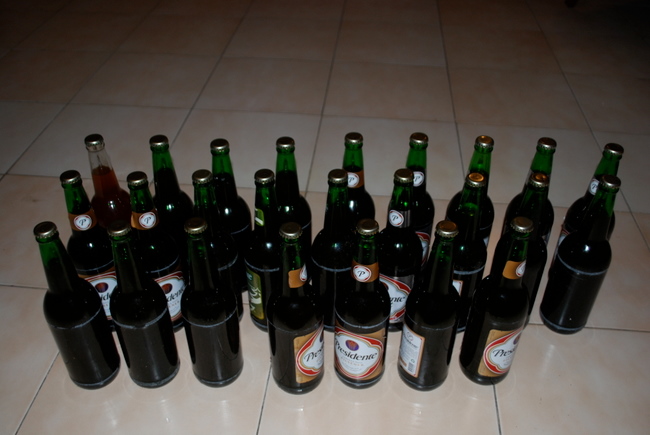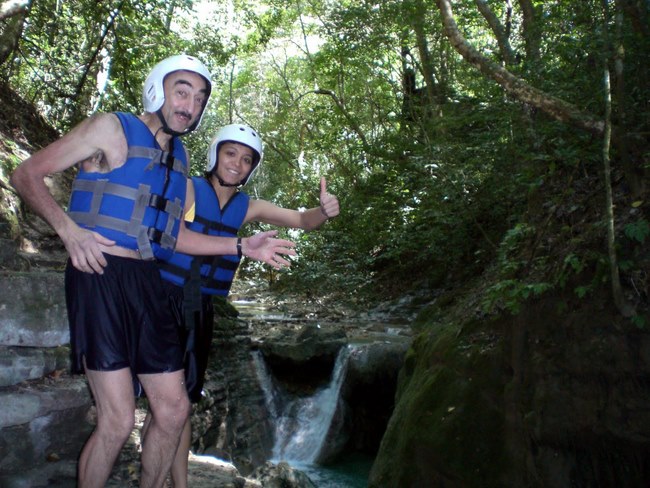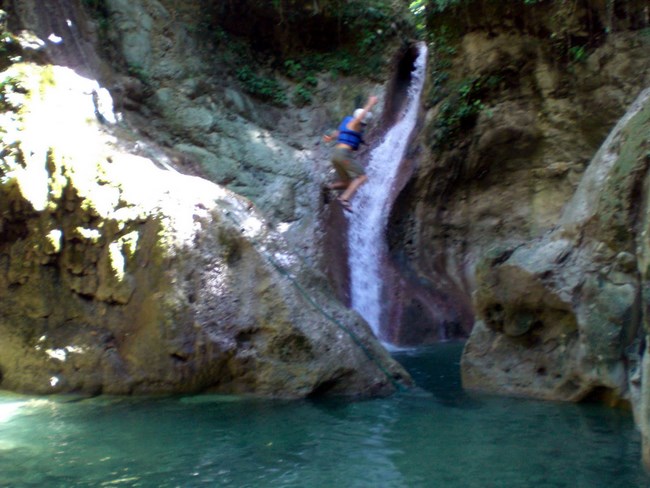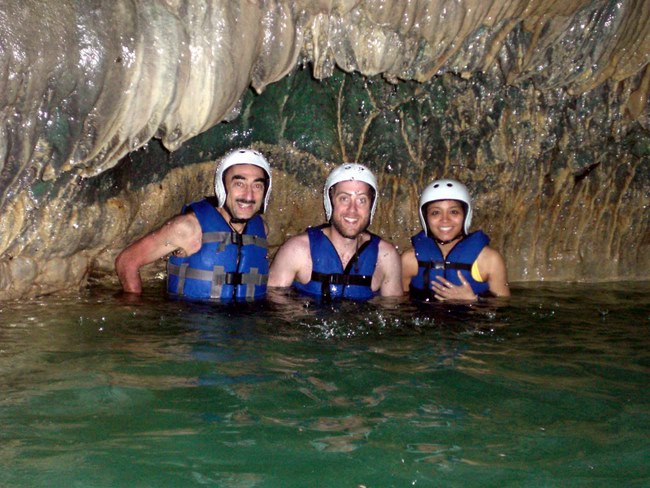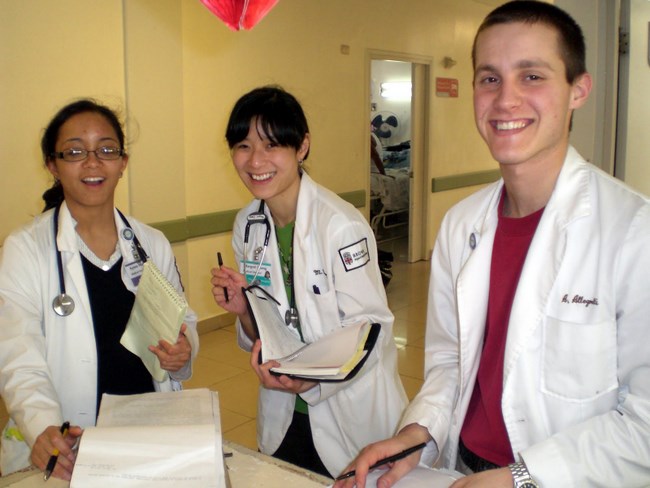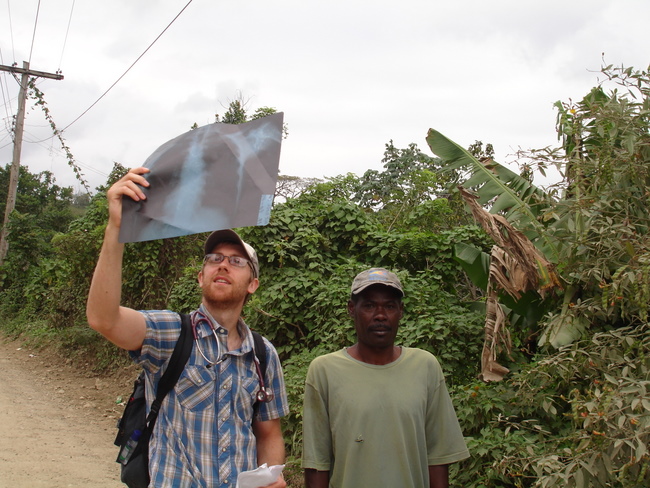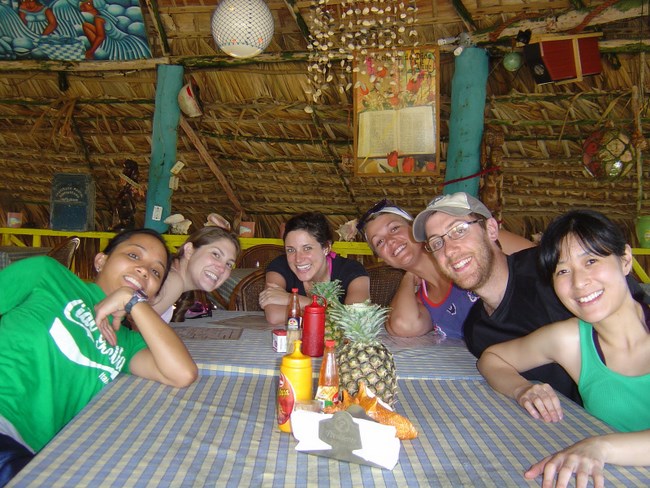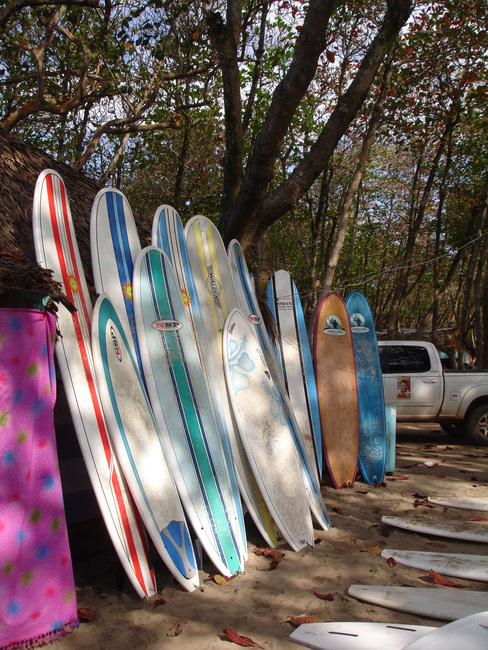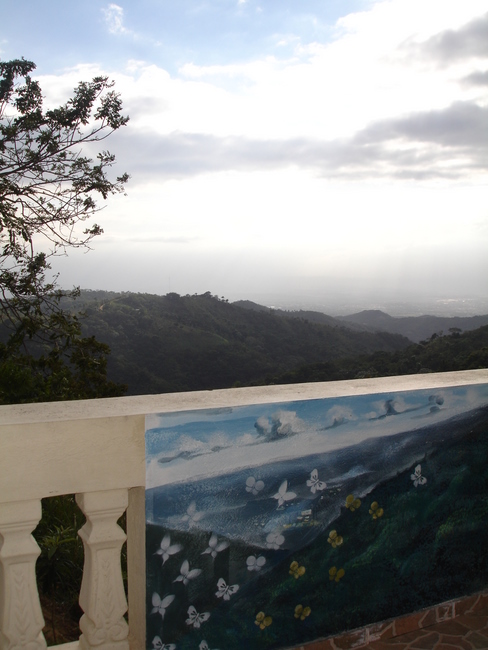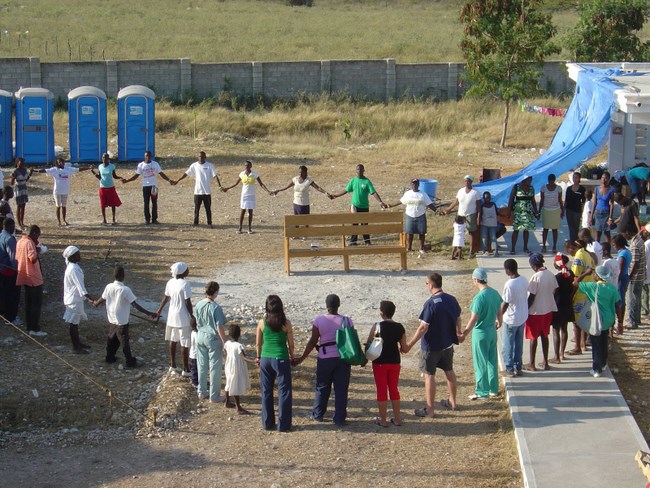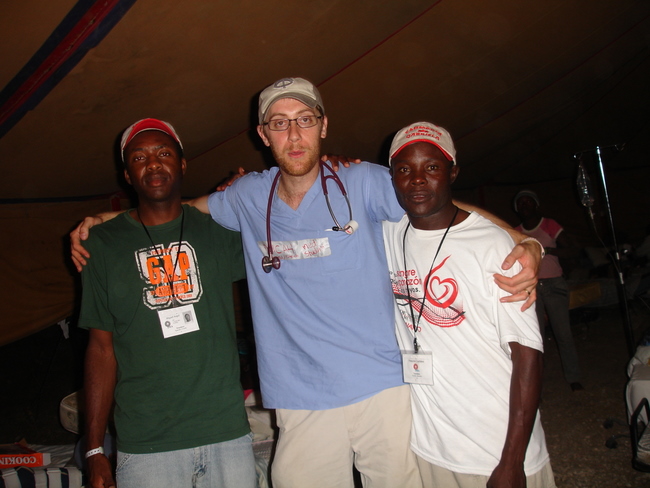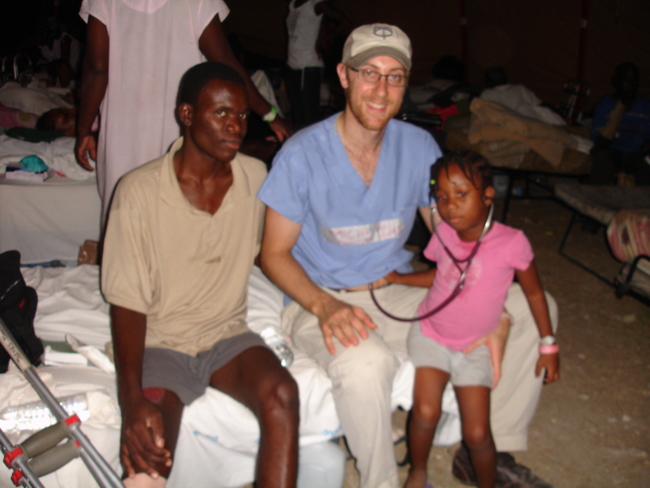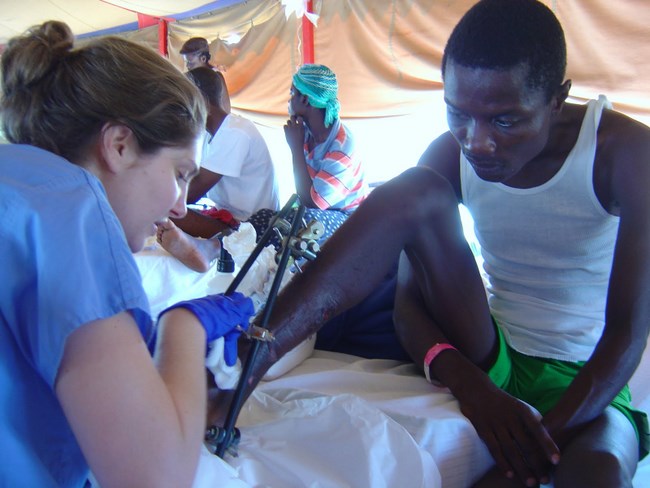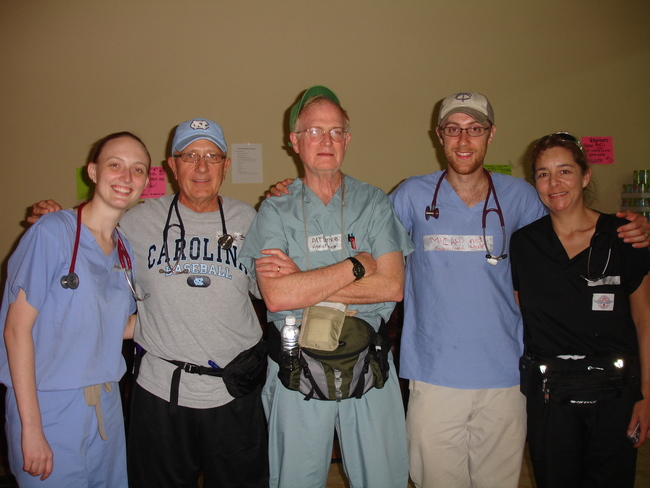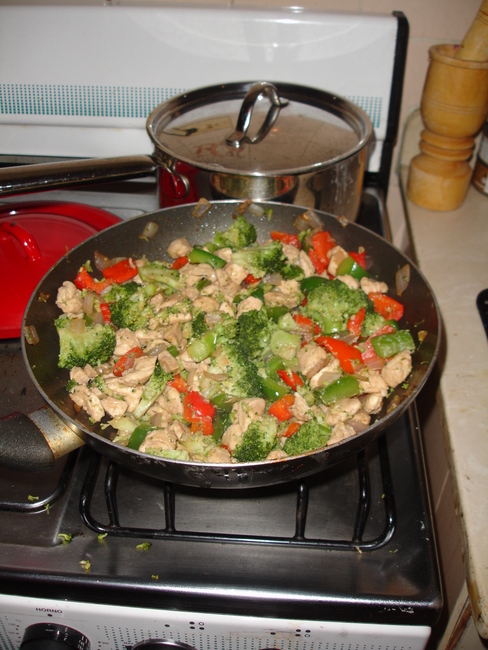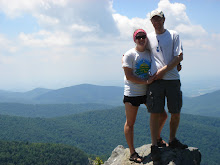Whew, it's been awhile! With the Brown Internal Medicine rotation here in February followed by family visiting, we've got some catching up to do...
We had an amazing group of Brown medical students, residents, and faculty here during the month of February. It was great fun to have our apartment full of friends (especially when it came time to cook!). With experiences at the public hospital in Santiago, rural medicine in La Cumbre, and disaster relief on the border of Haiti, we kept ourselves quite busy.
The month began with a trip to 27 charcos. One of the most beautiful natural wonders found in the Dominican Republic, it is a series of waterfalls that tumble down the mountain into pools, or charcos, that are carved out of the surrounding limestone. Likewise, you are encouraged to tumble over the waterfalls into the inviting pools (with a helmet on, of course).
Jumping...
...sliding...
...and generally having a great time!
We spent plenty of time at the public hospital, Hospitál Cabral y Baez. Morning lectures, rounds, and afternoon discussions comprised most of the time there. We also spent time in the emergency room and the ICU. It was great to have so many people willing to teach as we talked through cases that one would rarely see in the United States. Here we are trying to make out the patient charts in the hospital.
At the rural clinic, Pequeños Pasitos, we checked up on patients from previous years. Many students had the opportunity to do home-stays with families in the community. It was nice to get to know a community and it's health needs. Here, using the largest "view-box" ever made.
We also made some time for fun. During one weekend, we took a bus to Cabarete and spent the day eating fish, lying on the sand, and surfing. Here, we hungrily wait for grilled mero, or red snapper.
Ahhhh....
We couldn't get enough of the beauty of the mountains. One day, after doing home visits at the mountain clinic, we hiked to the Mirabel Sisters Monument. The Mirabel Sisters were political dissidents during the era of Trujillo, a dictator. We hiked to the location where Trujillo's cronies stopped and killed the three sisters on their way back from visiting their husbands in jail. It was an incredibly moving experience, and a breathtaking view.
Their code-names were the mariposas, or butterlies.
We all had the honor to serve the people displaced by the earthquake in Haiti. It was so humbling to work with the people of Haiti. Most mornings, the people who could walk would gather in the middle of the camp and sing, pray, and talk together. They often told stories of how they survived the earthquake - often sad, but inspiring.
Most doctors that were helping in Jimani did not know any Kreyol (the language spoken in Haiti). Many uninjured volunteers acted as translators from Kreyol to Spanish. They worked thankless hours to help their brothers and sisters. Here, Francois and Michele.
We worked 12 hour shifts, and became great friends with many of the patients. She wants to be a "doctora," and continually called me "seniorita" (little girl).
All of the patients had broken bones, many had femur fractures. We spent our days preparing patients for surgery, giving antibiotics, and cleaning wounds.
Fanny pack.
And, yes, the family dinners.
